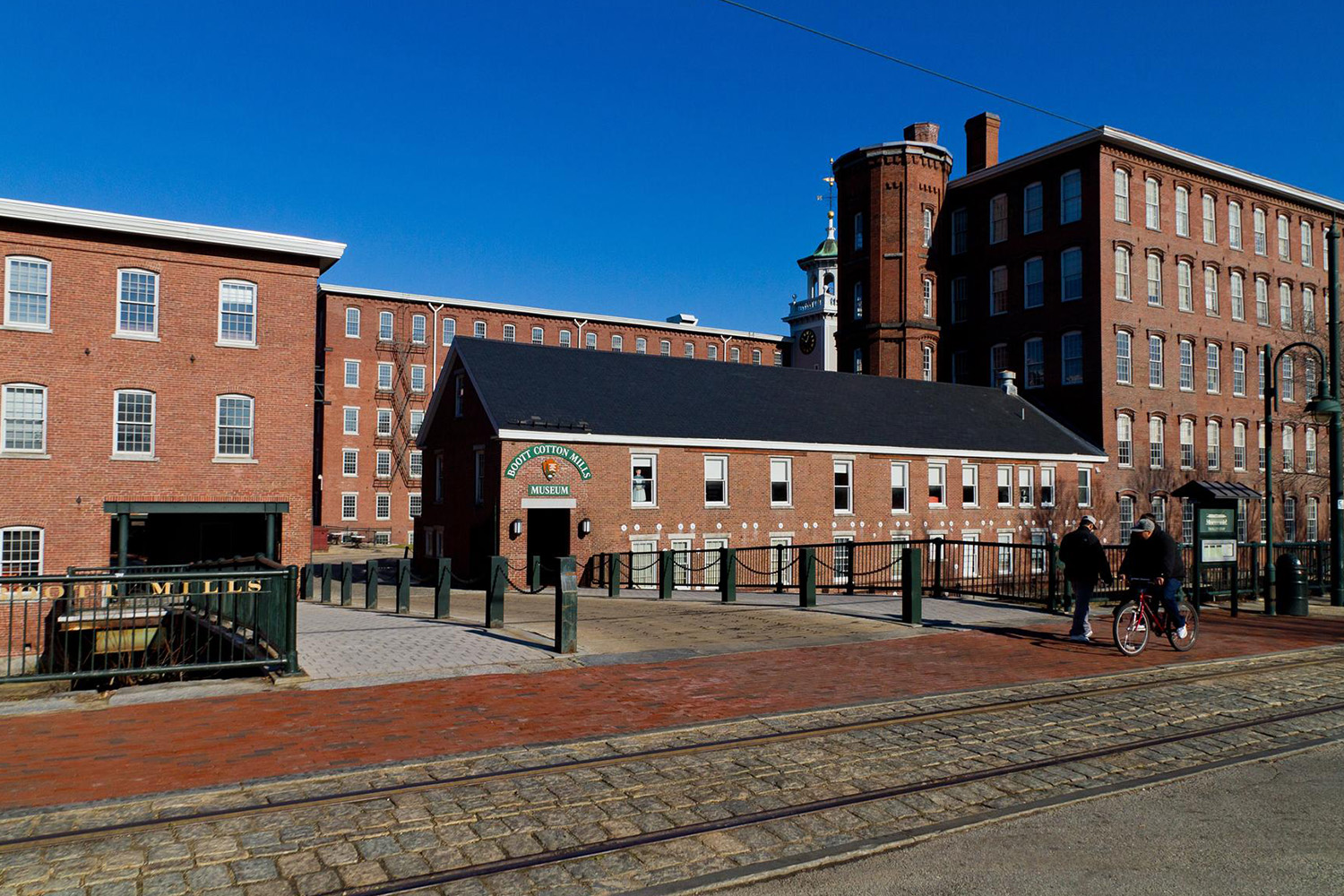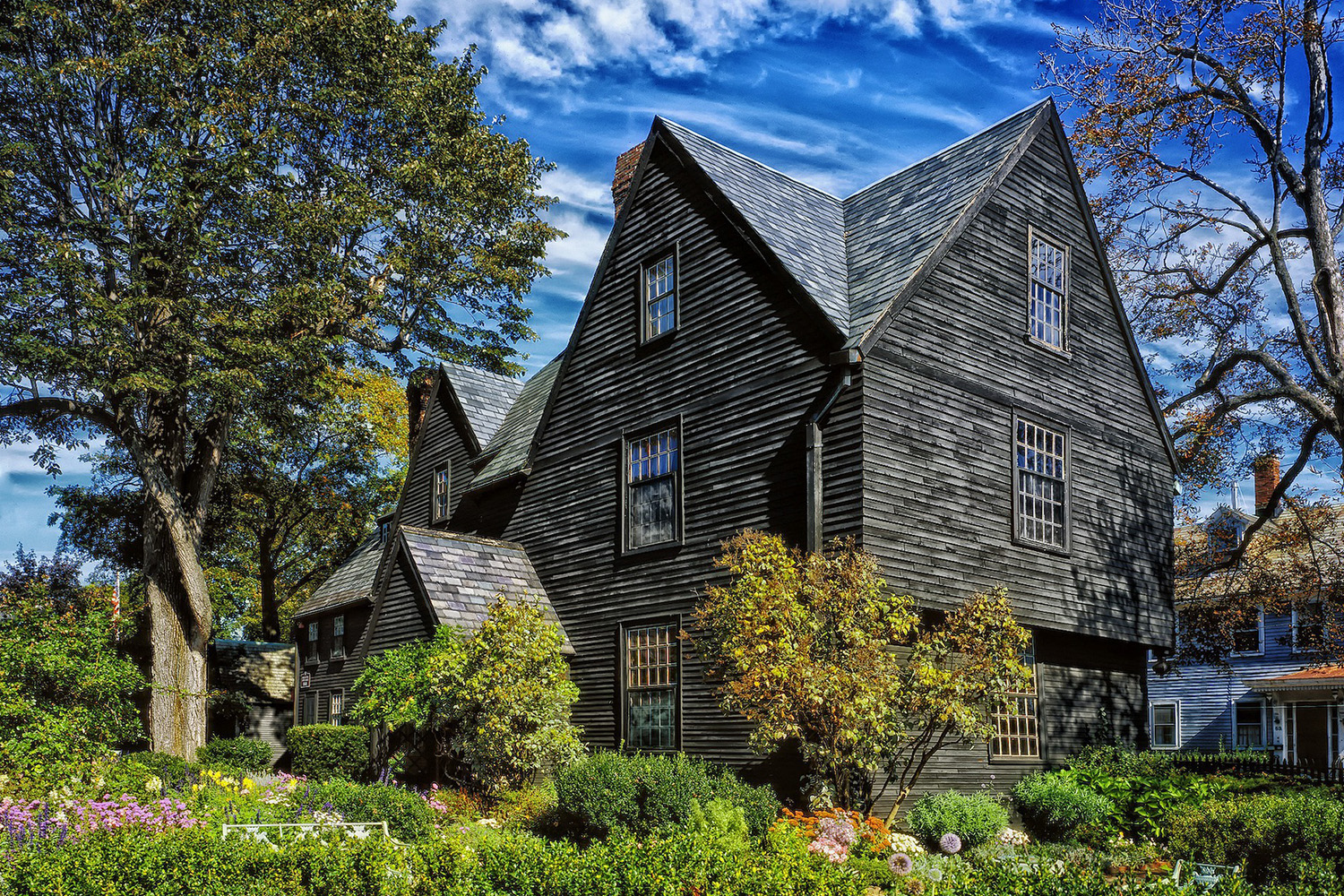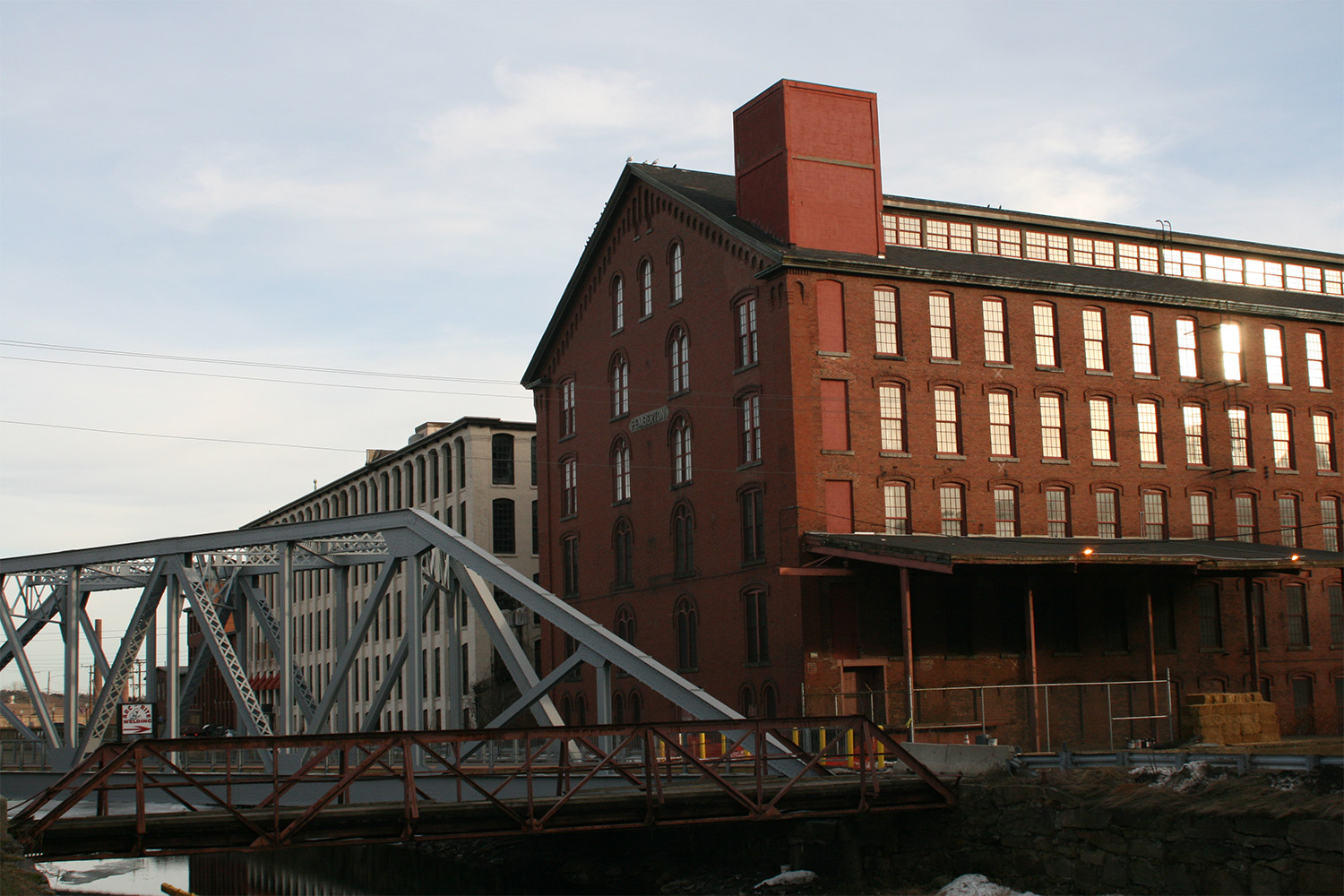New England Preservation – Part 2

Next up, we’re exploring preservation in other parts of Massachusetts…
This week, VJ Tocci, our internal expert on historic buildings, highlights New England’s preservation of architecture, inspired by the latest Architectural Record Building Types Study on “Adaptive Reuse” projects.
VJ Tocci: Yesterday, I wrote about the architectural preservation of Boston. The rest of Massachusetts is also rich with history and preservation.
Lexington + Concord
- Lexington and Concord, the historic tandem from the Revolutionary War, retain much of the historic architecture from the 1700s and 1800s. Both feature Historic House Museums such as the Buckman Tavern, Munroe Tavern, and the Hancock Clarke House, fully restored and preserved to reflect their Revolutionary Period appearance. Concord Center and Lexington Battle Green also retain much of their historic architectural presence.
Salem
- Salem is infamous for the Witch Trials of 1692, but is rich with historic architecture and heritage from the 1600s through the 1800s. At the time it was amongst America’s more prosperous sea-faring communities. Its preserved houses feature Colonial, First Period, Georgian Colonial, and Federal Style architecture.

Marblehead
- Marblehead offers the experience of a first class whaling town, still showing off its 18th and 19th Century architecture. If you’re not a native, expect to be twisted and turned and repeat streets. But eventually, all roads lead to the historic town center. Little of the architecture in Marblehead post-dates 1900, so it offers an authentic glimpse into the past.
Newburyport
- Preservationists recognize Newburyport nationally for its pristine collection of Federal Style Architecture. The Federal Style is a Victorian era architectural style from the early 1800s – proudly noted as the first uniquely American Architectural style. Prior to this, America merely mimicked European – particularly English – architecture.
Lowell + Lawrence
- Lowell and Lawrence are amongst the US’ most famous mill cities; Lowell from the mid-1800s and Lawrence from the early 1900s. The architecture of these cities is virtually unchanged. Both cities are rebounding through adaptive use of these massive mills. For generations, these buildings fed these city’s economies, but stood empty during the 1970s and 1980s. They loomed in silence as chilling reminders of exactly the kind of economic depression that inspired Charleston, Savannah, and Richmond into restoration in the 1920s and 1930s.
- Once again, preservation of these buildings rallied the economy of these communities. These magnificent buildings are being adapted to accommodate apartments, condominiums, retail, and office space. The public is recognizing the unique experience that living in these classic mill cities can provide.

Credit: Kathryn (Permissions)
Boston isn’t the only historic town in Massachusetts… check back for more tomorrow on Massachusetts, and later this week for the rest of New England!